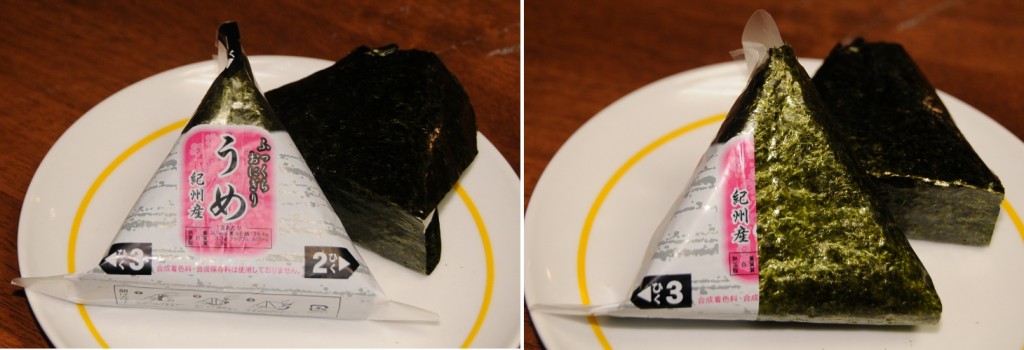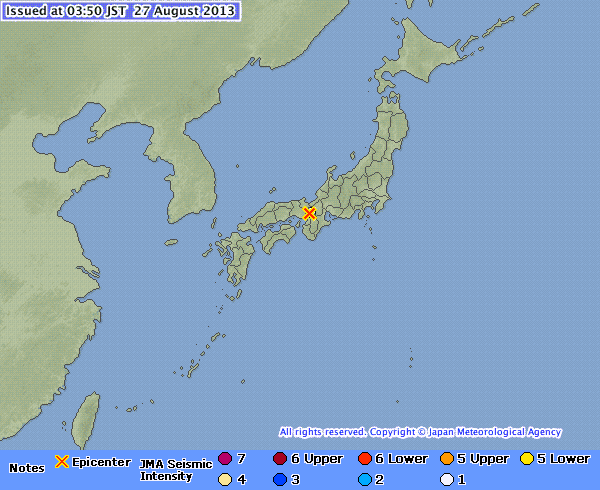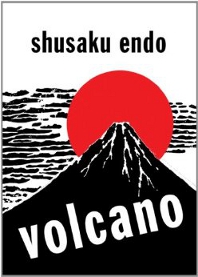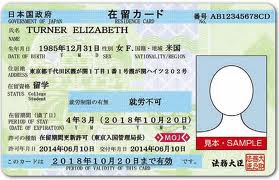Today was the ninth day of the ninth month, an auspicious day in Shinto religion (the last uneven month of the year – only single digits count I guess?) and once again, this called for a purification rite. Today, at Kamigamo shrine there was first a ceremonial offering of flowers – chrysanthemums – and, following that, entertainment for the gods: sumo wrestling.
The ceremony started at 10 am with the wrestlers – 18 boys – purifying themselves in one of the rivers of Kamigamo shrine. They all wore the traditional fundoshi loincloth and only a thin jacket, I’m sure they must have been cold even though the weather was nice. Then some more purification rites took place, with elaborate bowing to the river and waving of the white paper; but one of them involved a number of small arrows of maybe 30 cm length – that was certainly a new one for me. The offering of the chrysanthemums took place at the main hall of the shrine, but I did not dare to give up my front row spot for the sumo, so I cannot report any details on that.
Anyway, at some point the party returned and joined the spectators. A woman and two children, dressed in Heian style kimono (12 layers, remember) and some shinto priests seated themselves inside a wooden hall. Before it, a sumo ring had been installed, and the boys, divided into two groups, were seated to the left and right of it, or as it’s called in Japan to the East and West. Then the ring itself was purified by shinto priests, one from each side. Both drew a figure eight into the ring and walked along it. I am very curious what the reason for this is, but I could not find out. Then, after some offerings for the gods and each group stepping into the ring, bowing to the main guests in the hall and performing more rituals, the sumo bouts started. There were four rounds of bouts. The first one the boys from the East and West competed against each other according to their rank, from the lowest rank to the highest. The other three rounds were different, here the winner of the bout could stay in the ring to meet his next opponent. It was very exciting to watch, I did not expect that. The boys were so serious about winning, and still they had so much obvious fun, it was exhilarating. It was almost like watching adult sumo, albeit with slight modifications and minor lapses of protocol, but the bouts themselves were just as exciting as with the big boys. Some of the bouts were over pretty quickly, while others, especially with the boys of higher rank, took some time and you could see some quite nice techniques at work.
There were four rounds of bouts. The first one the boys from the East and West competed against each other according to their rank, from the lowest rank to the highest. The other three rounds were different, here the winner of the bout could stay in the ring to meet his next opponent. It was very exciting to watch, I did not expect that. The boys were so serious about winning, and still they had so much obvious fun, it was exhilarating. It was almost like watching adult sumo, albeit with slight modifications and minor lapses of protocol, but the bouts themselves were just as exciting as with the big boys. Some of the bouts were over pretty quickly, while others, especially with the boys of higher rank, took some time and you could see some quite nice techniques at work.
After the sumo wrestling was over, a small cup of chrysanthemum sake was offered to all spectators. It was considered to be free of charge, but most people made a small donation anyway. I did not notice anything particularly flowery about the sake, but I am not an expert. And then, everything was over. I always find it interesting how quickly even the biggest crowds disperse in Japan. It seems that hanging around and staying for an extra chat is not something the Japanese are used to – well, not if even a restaurant visit is politely finished after two hours… This time it addionally surprised me that after the whole ceremonial beginnings and purifications and everything the whole thing ended rather unspectacularly – with a simple group photo…
And then, everything was over. I always find it interesting how quickly even the biggest crowds disperse in Japan. It seems that hanging around and staying for an extra chat is not something the Japanese are used to – well, not if even a restaurant visit is politely finished after two hours… This time it addionally surprised me that after the whole ceremonial beginnings and purifications and everything the whole thing ended rather unspectacularly – with a simple group photo…









